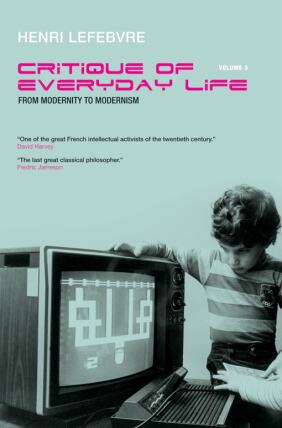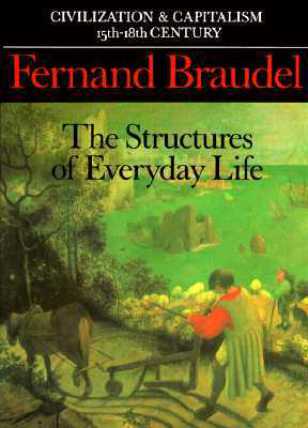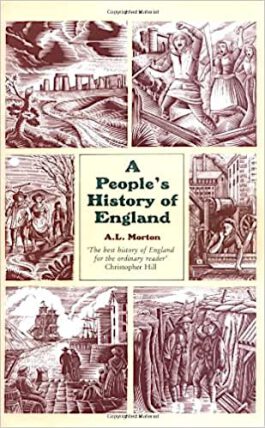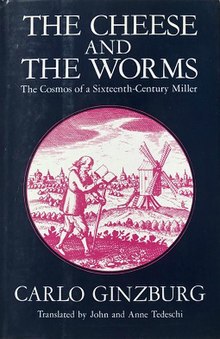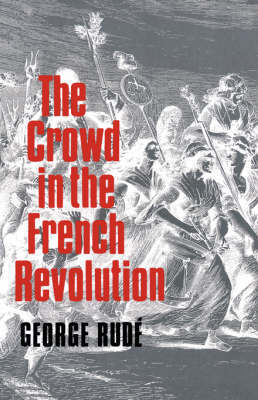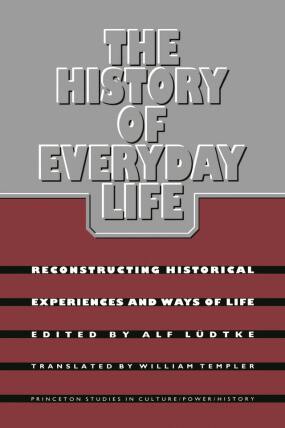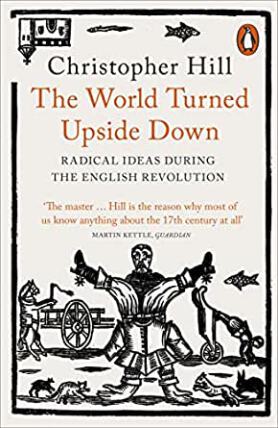
People's History has been characterised as an experiential intellectual movement aimed at democratising the form, content and construction of historical knowledge. People in people's history refers to the general population as historically distinct from the ruling establishments and the elite. In Persian, we have translated People’s History to Mardomnameh, literally the book of the people. Mardomnameh explores and highlights historical narratives, reflecting the lives and experiences of the general public and the structures of daily life. It thus shifts the analytical perspective from the establishment, the elite and central figures to everyday people, groups and communities.
People's History

People's History has been characterised as an experiential intellectual movement aimed at democratising the form, content and construction of historical knowledge.
People in people's history refers to the general population as historically distinct from the ruling establishments and the elite. In Persian, we have translated People’s History to Mardomnameh, literally the book of the people.
Mardomnameh explores and highlights historical narratives, reflecting the lives and experiences of the general public and the structures of daily life.
It thus shifts the analytical perspective from the establishment, the elite and central figures to everyday people, groups and communities.
Building upon decades of scholarship on history from below, subaltern studies began as a multi-volume essay collection on South Asian history and society, published from 1982 and edited by Ranajit Guha in six volumes and two subsequent anthologies between 1982 and 1997. Early volumes examined subordinate groups in colonial and post-colonial India, addressing historiographic gaps and exploring structural divides between nationalist leaders of the Indian independence movement on the one hand and the subaltern Indians, urban poor and rural peasants on the other. Guha was predominantly critical of the dominance of "bourgeois nationalist elitism and colonialist elitism" in the historiography of Indian nationalism, characterising both as the legacy of British rule in India that had survived the transfer of power. The term subaltern was first used by the Italian leftist thinker, Antonio Gramsci, in his famous work, The Prison Notes. In Persian, subaltern is translated as forudast, referring to historically marginalised groups and sectors. The Subaltern Studies series was published for a total of twelve volumes and found advocates in Europe and South America from the 1990s onward.
Subaltern Studies
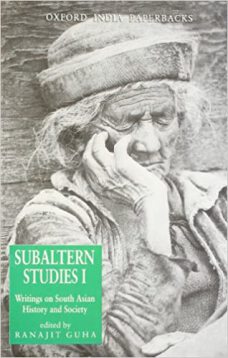
Building upon decades of scholarship on history from below, subaltern studies began as a multi-volume essay collection on South Asian history and society, published from 1982 and edited by Ranajit Guha in six volumes and two subsequent anthologies between 1982 and 1997.
Early volumes examined subordinate groups in colonial and post-colonial India, addressing historiographic gaps and exploring structural divides between nationalist leaders of the Indian independence movement on the one hand and the subaltern Indians, urban poor and rural peasants on the other. Guha was predominantly critical of the dominance of "bourgeois nationalist elitism and colonialist elitism" in the historiography of Indian nationalism, characterising both as the legacy of British rule in India that had survived the transfer of power.
The term subaltern was first used by the Italian leftist thinker, Antonio Gramsci, in his famous work, The Prison Notes. In Persian, subaltern is translated as forudast, referring to historically marginalised groups and sectors. The Subaltern Studies series was published for a total of twelve volumes and found advocates in Europe and South America from the 1990s onward.
The history of everyday life has methodological correlations with micro-history and history from below. Advocates argued that macro-historiographic structures neglected the importance of everyday life and popular experiences in the construction and analysis of historical knowledge. Origins of the approach date back to historiographic developments in West Germany between 1970s and 1980s where the term Alltagsgeschichte (history of everyday life) emerged. German scholars studying working classes and the history of rural society and popular culture called for a decentralisation of historical analyses and in-depth qualitative assessments of daily life and popular experiences such as the family environment, working conditions and daily interactions. Prominent figures include Alf Lutke, Detlev Peukert, Hans Medick, Lutz Niethammer and Christopher Browning. History of everday life has correlations with interdisciplinary approaches in historical and cultural studies and was further influenced by the works of scholars such as Clifford Geertz's interpretive approaches to the study of culture.
History of Everyday Life
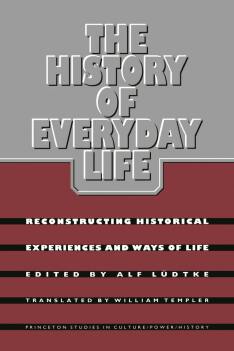
The history of everyday life has methodological correlations with micro-history and history from below. Advocates argued that macro-historiographic structures neglected the importance of everyday life and popular experiences in the construction and analysis of historical knowledge.
Origins of the approach date back to historiographic developments in West Germany between 1970s and 1980s where the term Alltagsgeschichte (history of everyday life) emerged. German scholars studying working classes and the history of rural society and popular culture called for a decentralisation of historical analyses and in-depth qualitative assessments of daily life and popular experiences such as the family environment, working conditions and daily interactions.
Prominent figures include Alf Lutke, Detlev Peukert, Hans Medick, Lutz Niethammer and Christopher Browning. History of everday life has correlations with interdisciplinary approaches in historical and cultural studies and was further influenced by the works of scholars such as Clifford Geertz's interpretive approaches to the study of culture.
Definitions and boundaries of public history are varied and changing among scholars and practitioners. Public history is listed as a field of study at the university level, characterised as a movement aimed at the popularisation of history beyond the boundaries of academia and regarded as a process of production that bridges the gap between history/historians and the general public through accessible and informative platforms. The objectives of public historians and the nature and extent of their engagements and collaborations with the general public in the process of history production is also a matter of debate. Correspondingly, the professions of public historians are diverse, ranging from educators, research assistants, consultants and government advisors to museum curators, preservationists and archivists. Public history divisions that directly and actively engage with the general public have expanded the educational and collaborative component of collective historical knowledge beyond the university domain. History museums, history magazines, public lectures, documentaries, the digital space, history tours and local and community history projects are notable examples of the public history domain.
Public History
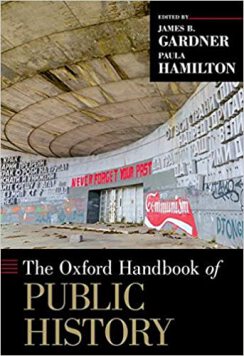
Definitions and boundaries of public history are varied and changing among scholars and practitioners. Public history is listed as a field of study at the university level, characterised as a movement aimed at the popularisation of history beyond the boundaries of academia and regarded as a process of production that bridges the gap between history/historians and the general public through accessible and informative platforms.
The objectives of public historians and the nature and extent of their engagements and collaborations with the general public in the process of history production is also a matter of debate. Correspondingly, the professions of public historians are diverse, ranging from educators, research assistants, consultants and government advisors to museum curators, preservationists and archivists.
Public history divisions that directly and actively engage with the general public have expanded the educational and collaborative component of collective historical knowledge beyond the university domain. History museums, history magazines, public lectures, documentaries, the digital space, history tours and local and community history projects are notable examples of the public history domain.

